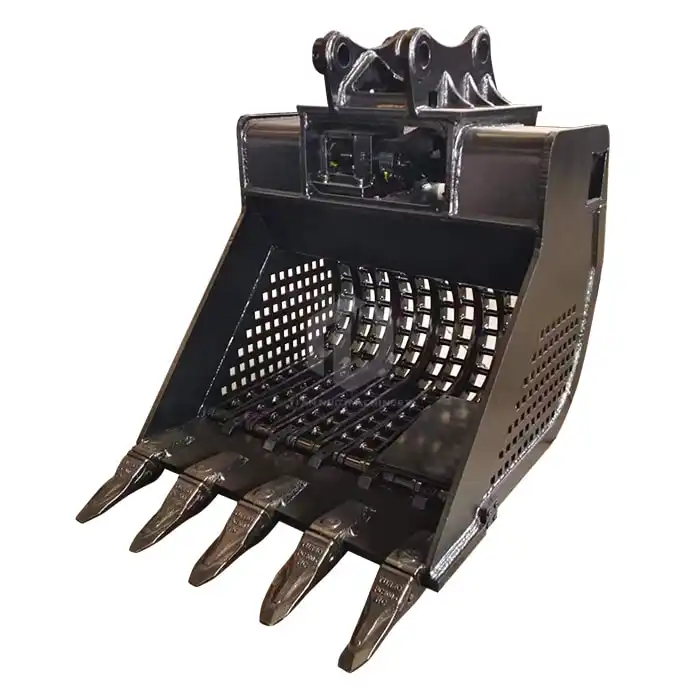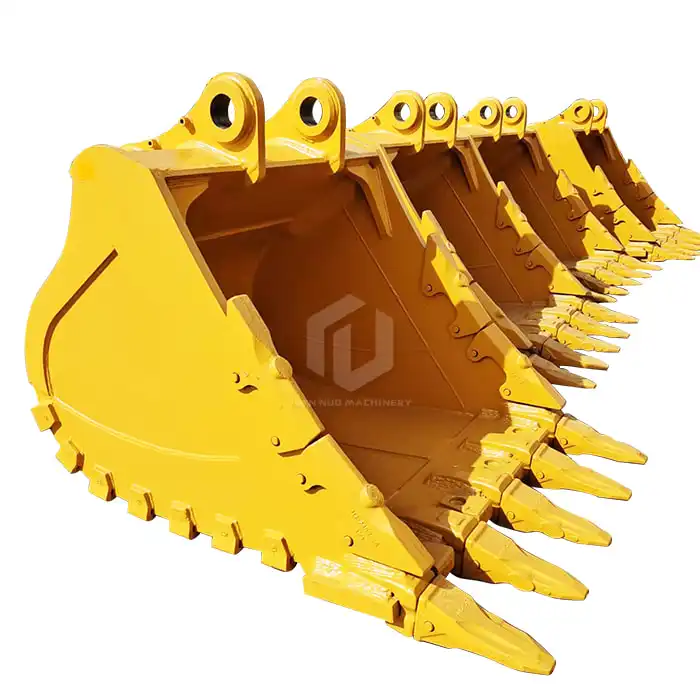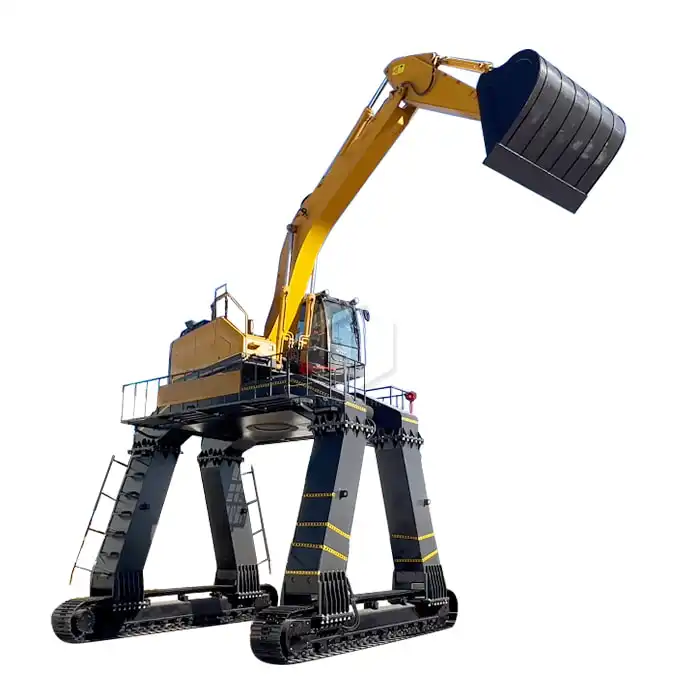Ballast Blaster Undercutter Replacement
Ballast blaster undercutter requires periodic replacement to maintain peak performance. In this comprehensive guide, we'll explore the reasons for replacing this essential equipment, the key steps involved in the replacement process, and provide valuable recommendations for equipment maintenance and care after replacement.

Reasons for Replacing the Ballast Blaster Undercutter
1. Wear and Tear
The ballast blaster undercutter operates in harsh conditions, constantly exposed to abrasive materials and high-stress situations. Over time, this leads to significant wear and tear on various components, including the cutting chain, conveyor system, and hydraulic components. When these parts wear down, the efficiency of the machine decreases, potentially compromising the quality of ballast cleaning and track maintenance.
2. Technological Advancements
As with any industry, railway maintenance technology is continually evolving. Newer models of ballast blaster undercutters often come equipped with advanced features that can significantly improve efficiency, reduce operational costs, and enhance safety. These advancements might include improved ballast screening systems, more efficient hydraulic systems, or enhanced operator controls and safety features.
3. Increased Maintenance Costs
As a ballast blaster undercutter ages, it typically requires more frequent repairs and maintenance. If you find that your maintenance costs are steadily increasing and downtime is becoming more frequent, it might be more cost-effective in the long run to invest in a new machine rather than continue repairing an aging one.
4. Changes in Operational Requirements
The needs of your railway maintenance operations may change over time. For instance, you might need to handle different types of ballast, work on tracks with different configurations, or meet new environmental regulations. In such cases, replacing your current ballast blaster undercutter with a model better suited to your new requirements can be a wise decision.
5. Safety Concerns
Safety should always be the top priority in railway maintenance operations. If your current ballast blaster undercutter no longer meets the latest safety standards or if its condition poses potential risks to operators or the integrity of the track, replacement becomes necessary.
By recognizing these signs early, you can plan for a timely replacement of your ballast blaster undercutter, ensuring continuous, efficient, and safe railway maintenance operations.
Key Steps for Replacing Equipment
1. Assessment and Planning
Before initiating the replacement process, conduct a thorough assessment of your current equipment and operational needs. This involves:
- Evaluating the condition of your existing ballast blaster undercutter
- Identifying specific areas for improvement or new features required
- Considering future operational needs and potential changes in track maintenance requirements
- Reviewing budget constraints and potential return on investment
This assessment will help you determine the most suitable replacement model and create a comprehensive replacement plan.
2. Selection of New Equipment
Based on your assessment, research and select a new ballast blaster undercutter that best meets your needs. Consider factors such as:
- Cleaning capacity and efficiency
- Compatibility with your existing track systems
- Ease of operation and maintenance
- Safety features and compliance with current regulations
- After-sales support and availability of spare parts
Consult with reputable manufacturers or suppliers to get detailed specifications and arrange for demonstrations if possible.
3. Logistics and Timing
Coordinate the logistics of the replacement process:
- Schedule the replacement during a period of low maintenance activity to minimize disruption
- Arrange for the safe removal and disposal of the old equipment
- Prepare the site for the installation of the new ballast blaster undercutter
- Coordinate delivery and installation dates with the supplier
4. Installation and Testing
The installation process should be carried out by qualified professionals, typically provided by the equipment manufacturer or supplier. This process usually involves:
- Positioning and securing the new ballast blaster undercutter
- Connecting all necessary power and hydraulic systems
- Calibrating the equipment according to manufacturer specifications
- Conducting thorough testing to ensure all systems are functioning correctly
5. Training and Familiarization
Ensure that your maintenance team and operators are fully trained on the new equipment. This may involve:
- Arranging for manufacturer-provided training sessions
- Conducting hands-on practice sessions under supervision
- Familiarizing staff with new features and safety protocols
- Updating operational manuals and procedures
6. Documentation and Certification
Complete all necessary documentation related to the replacement:
- Update equipment inventory records
- File all warranties and service agreements
- Obtain any required certifications or inspections
- Document the disposal of the old equipment in compliance with environmental regulations
By following these steps, you can ensure a smooth transition to your new ballast blaster undercutter, minimizing downtime and maximizing the benefits of your investment.
Recommendations for Equipment Maintenance and Care After Replacement
1. Adhere to Manufacturer Guidelines
The manufacturer's manual is your primary resource for maintaining your new ballast blaster undercutter. It provides specific guidelines for:
- Regular maintenance schedules
- Proper operating procedures
- Recommended lubricants and fluids
- Troubleshooting common issues
Strictly following these guidelines can prevent many issues and extend the life of your equipment.
2. Implement a Preventive Maintenance Schedule
Develop and stick to a comprehensive preventive maintenance schedule. This should include:
- Daily inspections before and after use
- Regular cleaning of the equipment, especially after operation in dusty or muddy conditions
- Scheduled lubrication of moving parts
- Periodic replacement of wear parts such as cutting chains and conveyor belts
- Regular checks and adjustments of hydraulic systems
3. Train and Educate Operators
Proper operation is key to maintaining equipment health. Ensure that all operators:
- Are thoroughly trained on the correct operation of the new ballast blaster undercutter
- Understand the importance of following operational guidelines
- Can identify early signs of potential issues
- Know how to properly document and report any operational concerns
4. Monitor Performance and Keep Detailed Records
Implement a system for monitoring the performance of your ballast blaster undercutter:
- Track key performance indicators such as operating hours, fuel consumption, and maintenance costs
- Keep detailed records of all maintenance activities, repairs, and part replacements
- Regularly analyze this data to identify trends and potential issues before they become critical
5. Use High-Quality Parts and Fluids
When replacement parts or fluids are needed, always opt for high-quality, manufacturer-recommended options. Using substandard parts or fluids can lead to premature wear and potentially costly breakdowns.
6. Proper Storage and Environmental Protection
When not in use, store your ballast blaster undercutter properly:
- Keep it in a clean, dry environment when possible
- Use appropriate covers to protect against dust and moisture
- Consider climate-controlled storage for sensitive electronic components
By following these recommendations, you can maximize the lifespan and efficiency of your new ballast blaster undercutter, ensuring it continues to perform at its best for years to come.
Ballast Blaster Undercutter
Replacing and maintaining a ballast blaster undercutter is a significant investment in the efficiency and safety of your railway maintenance operations. By understanding the reasons for replacement, following a structured replacement process, and implementing thorough maintenance practices, you can ensure that your equipment continues to perform at its best, contributing to the overall safety and reliability of your railway infrastructure.
Tiannuo Machinery's ballast blaster undercutter is a versatile machine designed to meet the demands of modern railway maintenance. It is compatible with T6-15 and 7-15 models, offering flexibility across various operational requirements.
If you are choosing your ballast blaster undercutter manufacturer, we welcome you to contact our team. Our manager's email is arm@stnd-machinery.com and the team's emails are rich@stnd-machinery.com and tn@stnd-machinery.com. Let us help you find the perfect solution for your railway maintenance needs.
References:
- Federal Railroad Administration. (2021). Track Safety Standards Compliance Manual. U.S. Department of Transportation.
- International Union of Railways. (2020). Best Practices in Railway Maintenance. UIC Publications.
- Smith, J. & Johnson, R. (2019). Modern Railway Track Maintenance Equipment. Railway Engineering Journal, 45(3), 78-92.
- European Railway Agency. (2022). Safety in Railway Maintenance Operations. ERA Technical Report.
- American Railway Engineering and Maintenance-of-Way Association. (2021). Manual for Railway Engineering. AREMA.

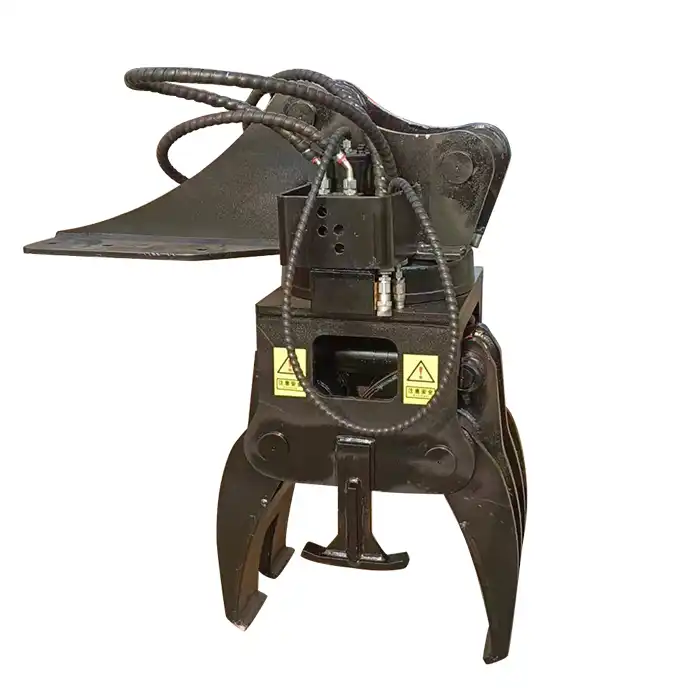
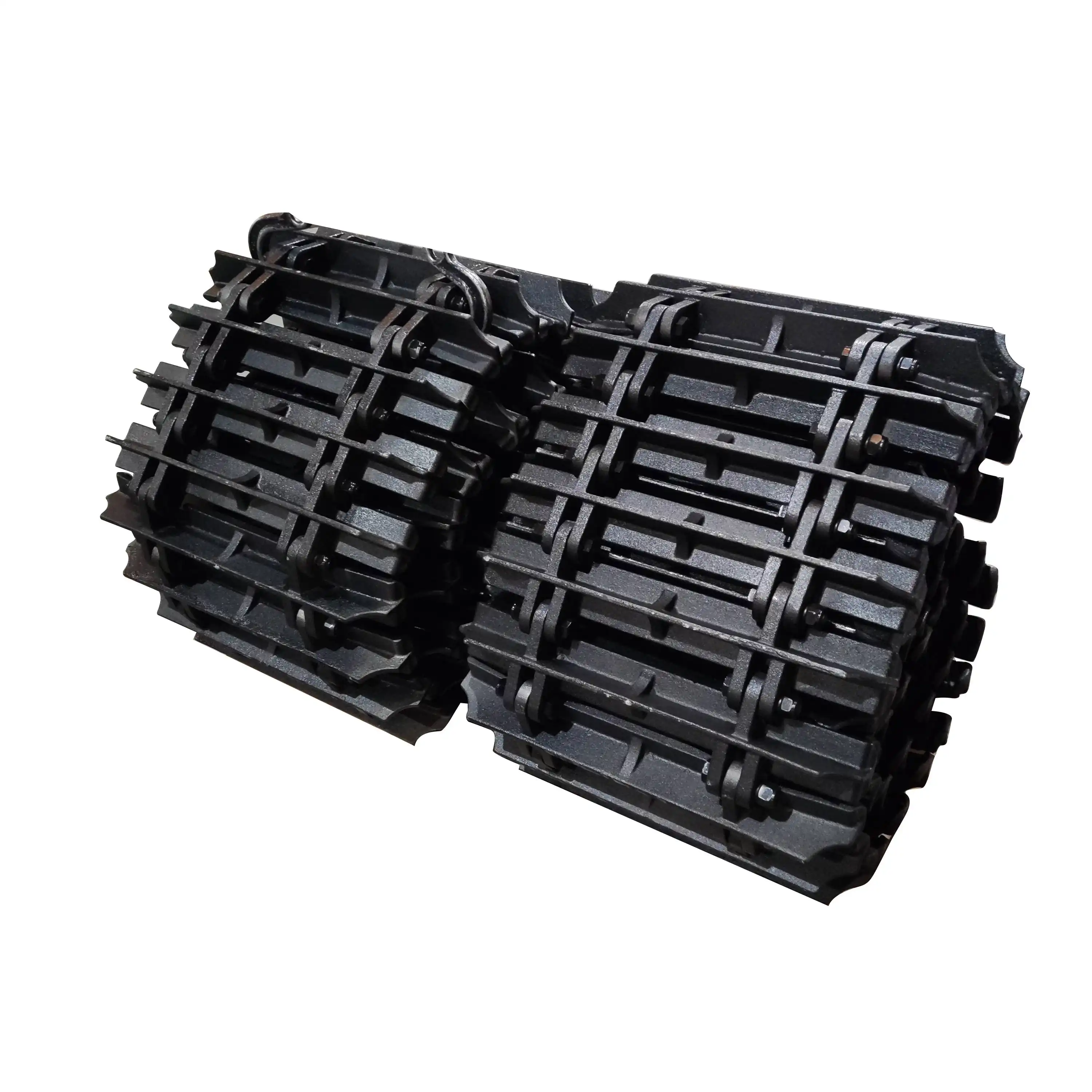
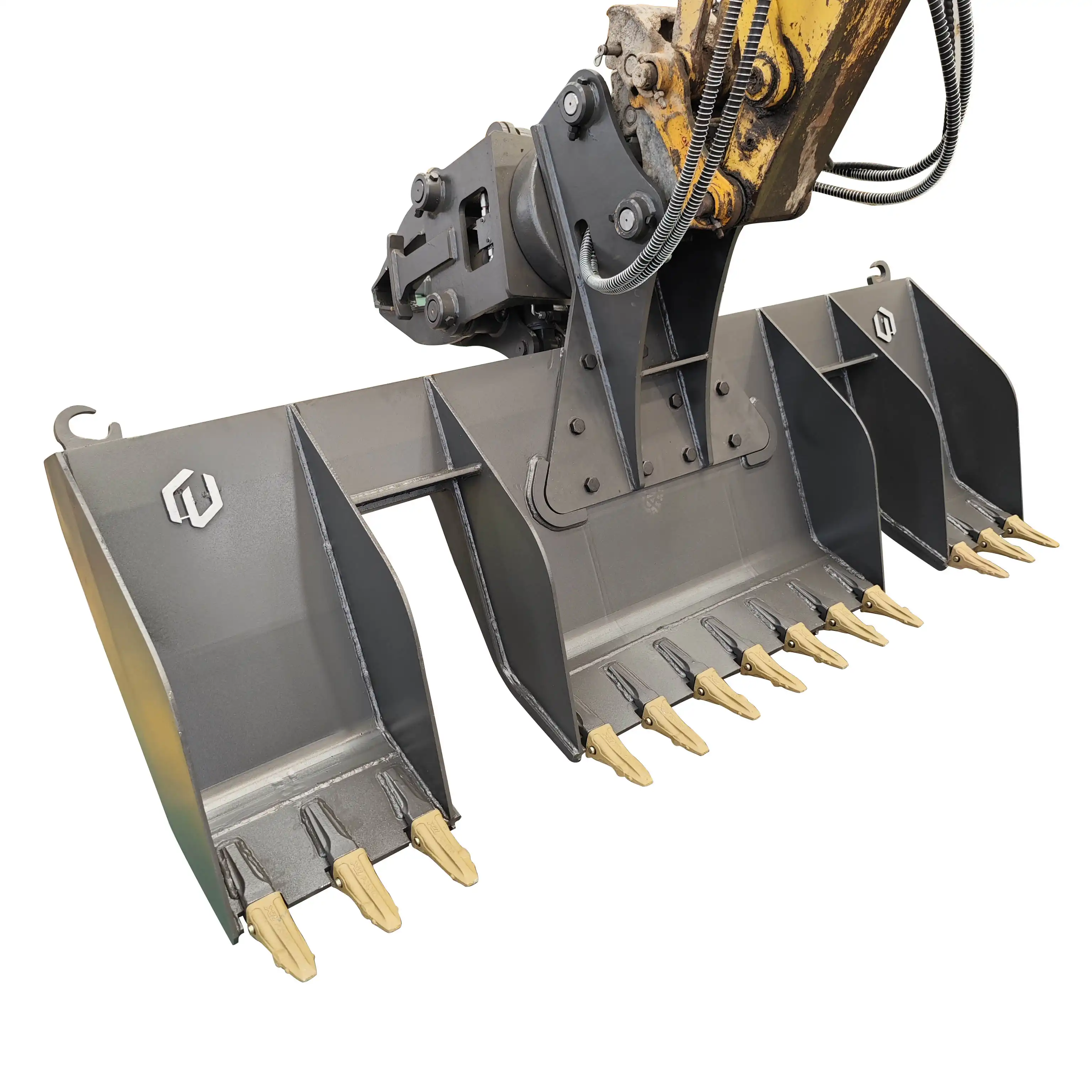
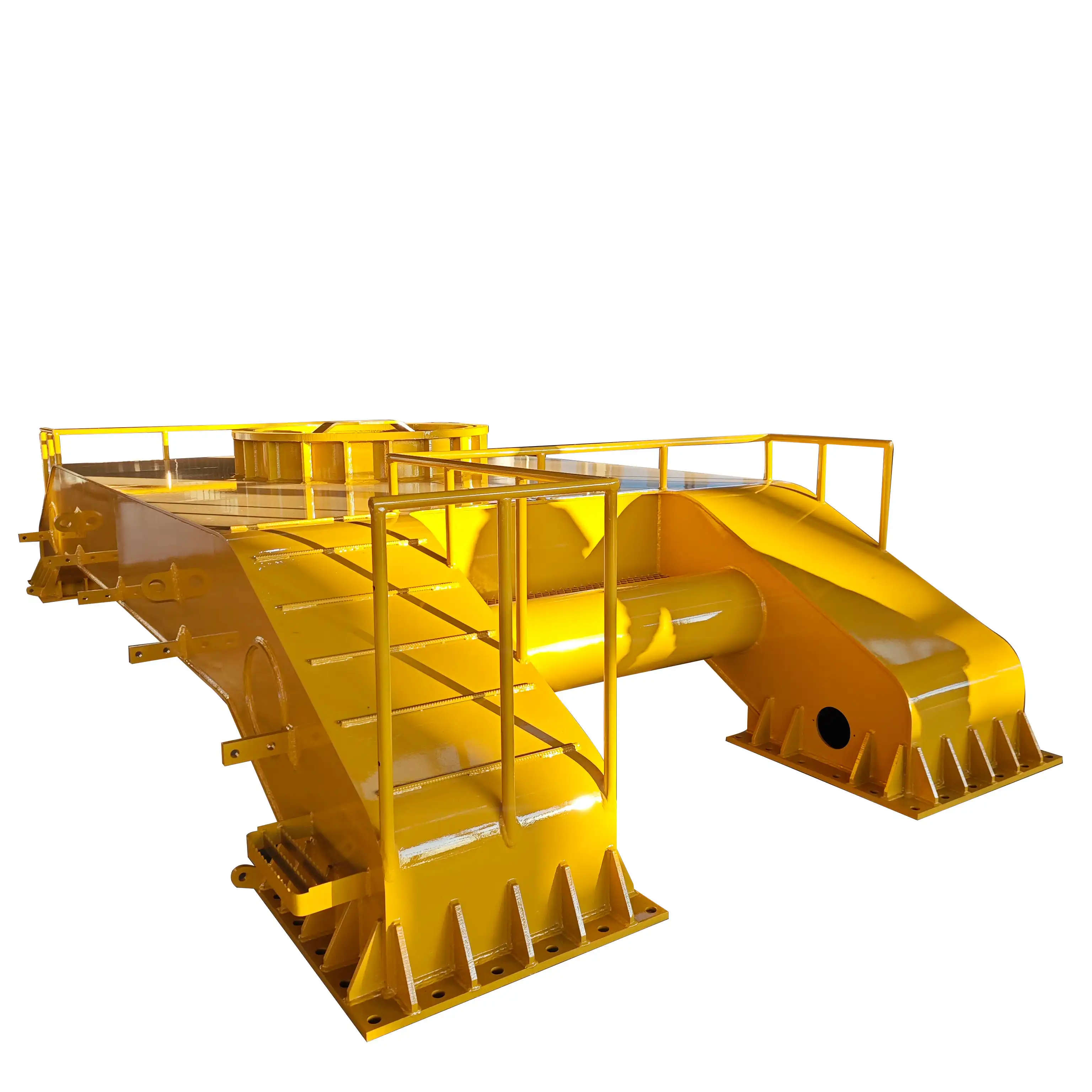
_1733877348138.jpg)
